
Expert: Bitcoin’s Time Has Come as US Debt Crisis Accelerates
Reasons to Trust
A rigorous editorial approach centered on accuracy, relevance, and neutrality.
Developed by experts in the field and thoroughly vetted.
Upholds the highest standards in both reporting and publishing.
A rigorous editorial approach centered on accuracy, relevance, and neutrality.
Morbi pretium leo et nisl aliquam mollis. Quisque arcu lorem, ultricies quis pellentesque nec, ullamcorper eu odio.
A leading macroeconomic strategist and financial analyst warned during a recent conference about the escalating US fiscal deficit, describing it as an unstoppable phenomenon. The focus of her speech was on the deepening structural challenges within the US economy, particularly the government’s increasing expenditure, and the repercussions it bears on asset valuations, notably on scarce assets such as Bitcoin.
Bitcoin versus Unrestrained US Debt
“Nothing can halt this momentum,” she asserted, emphasizing the gravity of the circumstances. She elaborated on how traditional correlations between US fiscal deficits and unemployment rates have recently diverged. “In recent years, particularly since 2017, we’ve observed a disconnect. While unemployment figures have declined, the federal deficit has surged to 6-7% of GDP,” she contended, suggesting that this shift indicates a new, unchangeable fiscal landscape.
Her evaluation pointed out that although the pandemic intensified this trend, it was already developing prior to that period. She referenced historical data to illustrate that typically, increases in unemployment were accompanied by rising federal deficits, a relationship that has now altered. “We are entering a new phase,” she commented. “The separation of the deficit from unemployment is an unprecedented occurrence over the past decades.”
The ramifications of this fiscal disassociation are crucial for investors, especially those wanting to safeguard their investments against inflation-induced decreases in purchasing power. She highlighted the evolving landscape of assets, indicating how gold and Bitcoin have reacted to these economic shifts. A chart she presented comparing gold prices to real interest rates showcased a historical connection between the two.
“Gold and Bitcoin serve as the principal reserve assets competing at this level,” she noted. “When real interest rates are elevated, investors are drawn back to the dollar and treasury bonds. However, when these rates fail to outpace inflation, both gold and Bitcoin thrive.”
Since 2022, she indicated, the correlation between gold prices and real interest rates has diminished, complicating the economic scenario further. “We find ourselves in a new reality where both gold and Bitcoin have managed to increase in value despite rising interest rates,” she pointed out, drawing attention to the widening gap between conventional financial assets and alternative options like Bitcoin. “If you had asked anyone five years ago if Bitcoin could maintain its value with interest rates at 4-5%, many would have doubted it. Yet here we are, with Bitcoin exceeding $100,000 per token.”
Why Bitcoin Prevails
For her, this transition represents more than just a theoretical discussion; it serves as a signal of a deeper and more entrenched fiscal dynamic. She posited that as US government debt escalates to unsustainable heights, long-standing methods for managing inflation, particularly increasing interest rates, are losing efficacy. “Raising interest rates inadvertently accelerates the federal deficit faster than it curtails private sector credit expansion,” she explained. “The reality is that we lack mechanisms to slow this system down. The fiscal engine is racing forward without brakes.”
She also analyzed how the Federal Reserve’s interest rate strategies are becoming increasingly ineffective at controlling credit growth amid swelling government debt. “In earlier times, with lower federal debt levels, increasing interest rates could effectively restrain credit growth. Now,, as federal debt has surpassed 100% of GDP, every rate increase merely exacerbates the deficit,” she argued, showcasing the inherent vulnerabilities of the current system—where the government is compelled to continuously add to its debt without viable means to address the growing fiscal strain.
Bitcoin as a Hedge
In sharp contrast to the US fiscal framework, she identified Bitcoin as a principal safeguard against inflationary pressures. “Bitcoin starkly contrasts this economic model,” she pointed out. “Unlike the US dollar, which is consistently diminished through inflationary measures, Bitcoin offers a fundamentally scarce asset. Its supply is fixed, making it a compelling store of value amidst fiat currency instability.”
She further emphasized Bitcoin’s rising importance in a context where traditional financial structures are faltering. “The principles regulating the economy for the past century are becoming obsolete,” she noted. “We have transitioned into a new era marked by an unstoppable fiscal engine. Yet, Bitcoin, with its transparent ledger and predetermined supply, remains unique as an asset resistant to manipulation or devaluation.”
She concluded with a caution regarding the US fiscal direction for the foreseeable future, predicting that “over the next ten years, the US will continue to experience substantial fiscal deficits, irrespective of external factors.” She stated, “There is no feasible way to significantly decelerate this trajectory. The best protection is to invest in high-quality, scarce assets, with Bitcoin leading the pack.”
At the time of writing, BTC was valued at $105,822.
Featured image created with DALL.E, chart from TradingView.com



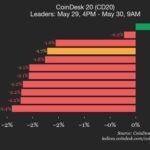


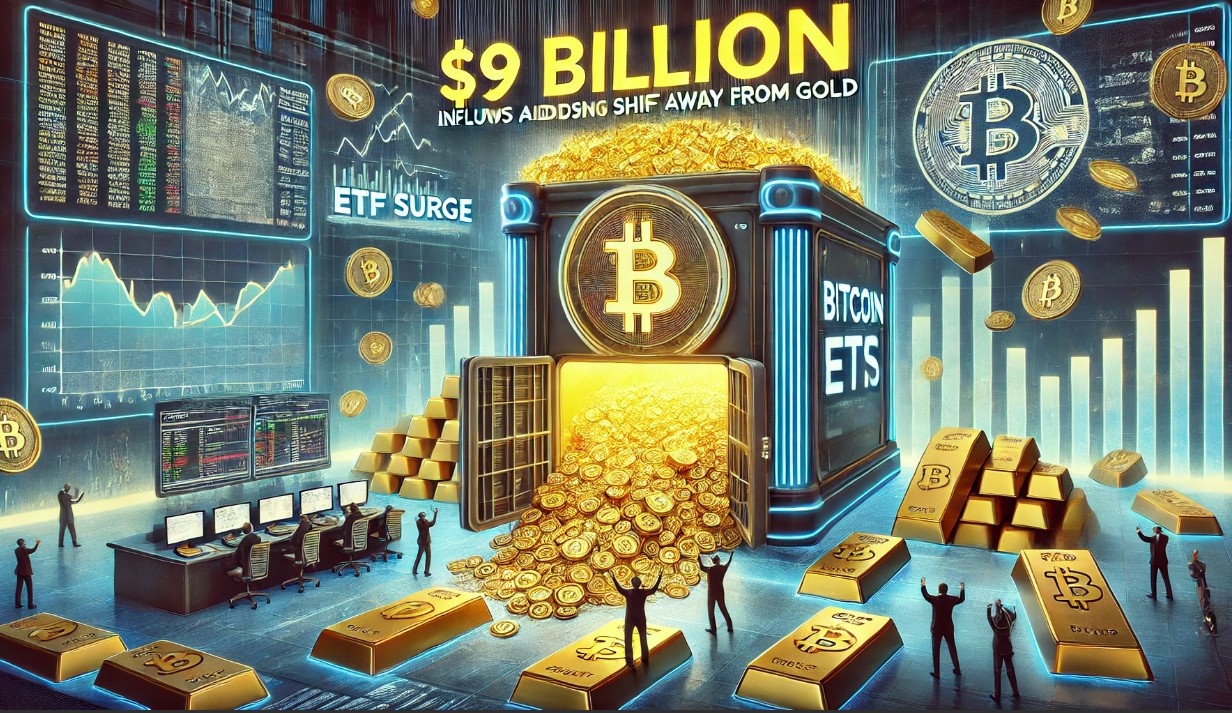
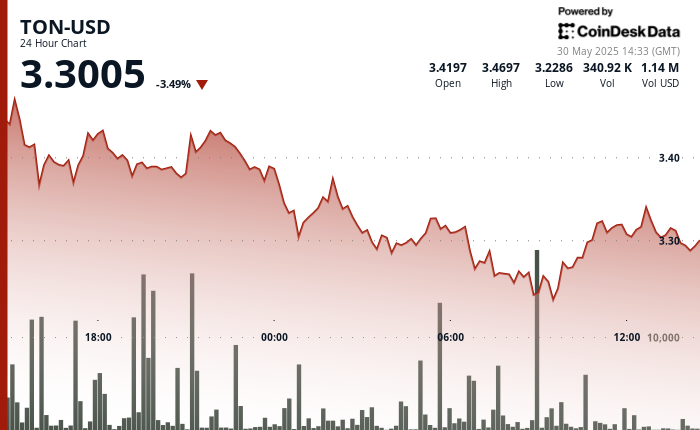



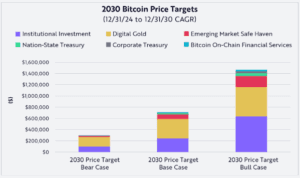





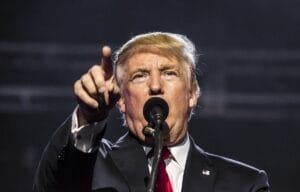

Post Comment